calsfoundation@cals.org
Guion (Izard County)
| Latitude and Longitude: | 35º53’31″N 091º56’27″W |
| Elevation: | 308 feet |
| Area: | 0.56 square miles (2020 Census) |
| Population: | 68 (2020 Census) |
| Incorporation Date: | July 19, 1907 |
Historical Population as per the U.S. Census:
|
1810 |
1820 |
1830 |
1840 |
1850 |
1860 |
1870 |
1880 |
1890 |
1900 |
|
– |
– |
– |
– |
– |
– |
– |
– |
– |
– |
|
1910 |
1920 |
1930 |
1940 |
1950 |
1960 |
1970 |
1980 |
1990 |
2000 |
|
296 |
260 |
288 |
250 |
219 |
222 |
213 |
177 |
93 |
90 |
|
2010 |
2020 |
|
|
|
|
|
|
|
|
|
86 |
68 |
|
|
|
|
|
|
|
|
Guion, located on the east bank of the White River in Izard County, was home to some of the area’s first settlers and was once a center of area trade. Established as a river landing, the small town is home to the state’s largest underground industrial sand mines.
Around 1810, Don Wilson and his three sons settled near Rocky Bayou, a small stream that ran into the White River near the present town. The banks of the White River were deemed suitable for a landing, and the area soon began to develop, with one of the area’s first post offices located nearby. The landing was originally called Wild Haws Landing, named for a type of bush that grew in abundance. By 1877, it had become one of approximately fourteen such landings between Calico Rock (Izard County) and Batesville (Independence County).
Real growth did not come to the area until a line of the St. Louis, Iron Mountain and Southern Railroad was completed in 1902. At this time, the small settlement was known as Louis. On April 24, 1903, the name was changed to Guion. It is believed that the name change was to honor railroad official J. H. Guion. For approximately the next twenty years, the town was a major freight-hauling link with the county seat at Melbourne (Izard County). This continued until river travel declined and the town was bypassed by major road construction in the 1920s.
The community was incorporated as a town on July 19, 1907. The first newspaper, the Guion Banner, was founded in 1909 by H. L. Brooks. It lasted only about a year. Around 1912, Guion became the first town in the county to have running water. The water system, which featured a gasoline-powered pump, was built by J. W. Williamson and L. T. Weaver. In 1927, a short-lived chamber of commerce, organized to promote road construction, was formed. Though the town has experienced several floods, the most devastating disaster came in the form of a deadly tornado on April 10, 1929. All but four of the town’s buildings were destroyed. Forty people were injured and three were killed, including four-year-old Thana Tilton. Many of the injured were carried by special train to Batesville. For a time, many survivors lived in a tent city, with others finding refuge in local sand caves.
Electricity came to Guion in 1942 when it was introduced by the Silica Products Company. In 1962, state Highway 58, which runs through the town, was paved. It was dedicated by Governor Orval Faubus. That same year, area citizens financed the purchase of a steel ferry for crossing the White River. In 1970, the state took control of the ferry, which had been the last privately owned ferry across a major Arkansas river. In 1968, the school, which had been in operation since the early part of the twentieth century, consolidated with Mount Pleasant (Izard County).
During its business peak, the town was home to one of the county’s largest stave mills, a hickory mill, a marble quarry, and a golf club factory. The most important industry, sand mining, is ongoing as of 2010. In 1906, Samuel C. Regan and Associates of Carthage, Missouri, purchased land in the area, forming the Regan Land Company and Arkansas Silica Sand Corporation, a steam-powered mining operation. Through several owners and name changes, this mining venture has been in continuous operation since the early twentieth century. As of 2010, it is operated by the UNIMIN Corporation and is the only active underground sand-mining operation in the state.
What once made Guion a trade center, the White River, is today a major tourist attraction. The river is one of the state’s most popular trout streams and recreation destinations. Though the sand-mining operation remains, there are few other job opportunities in the area. As a result, the town has seen a steady decline in population since the 1980s.
For additional information:
“Guion: A Brief History.” Heritage of Stone 39 (2015): 26–29.
Harris, Mertie. “History of the Town of Guion.” Izard County Historian 15 (October 1984): 3–18.
Shannon, Karr. A History of Izard County. Little Rock, AR: Democrat Printing and Lithographing Company, 1947.
Stowers, Juanita. The History and Families of Izard County, Arkansas. Paducah, KY: Turner Publishing Company, 2001.
Mike Polston
CALS Encyclopedia of Arkansas
 Salmonids
Salmonids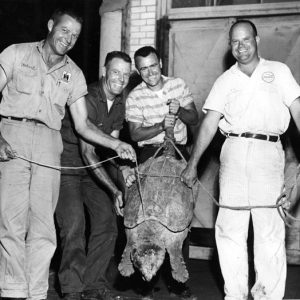 Alligator Snapping Turtle
Alligator Snapping Turtle 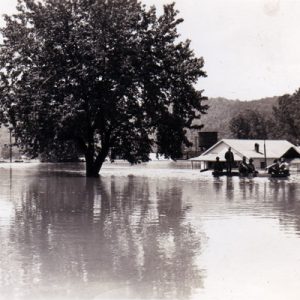 Guion Flooded
Guion Flooded 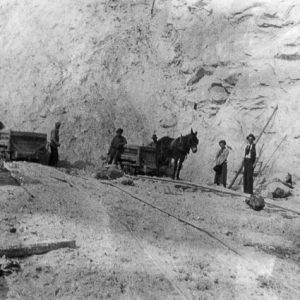 Guion Sand Mine
Guion Sand Mine 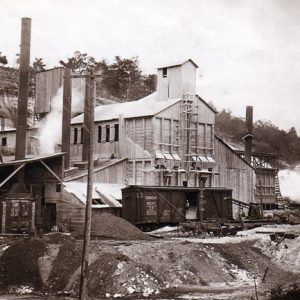 Guion Sand Mine
Guion Sand Mine 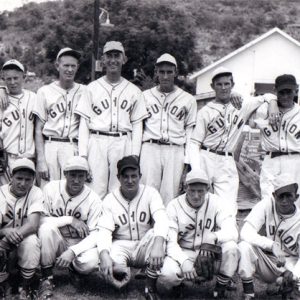 Guion Baseball Team
Guion Baseball Team 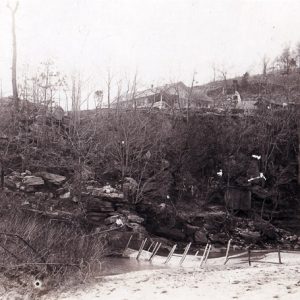 Guion after 1929 Tornado
Guion after 1929 Tornado 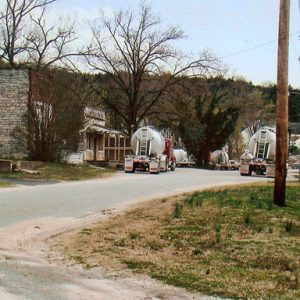 Guion (Izard County)
Guion (Izard County) 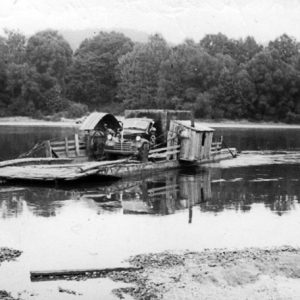 Guion Ferry
Guion Ferry 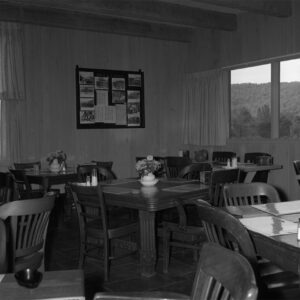 Guion Restaurant
Guion Restaurant 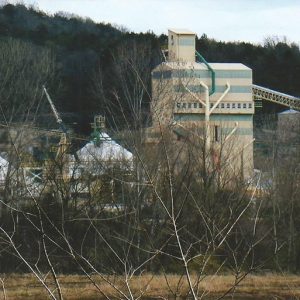 Guion Sand Company
Guion Sand Company 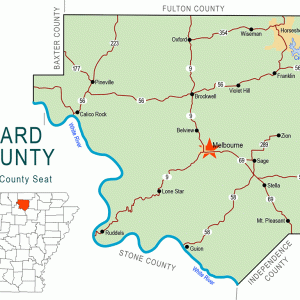 Izard County Map
Izard County Map  Railroad at Guion Sand Mine
Railroad at Guion Sand Mine 




I’ve been to Guion, Arkansas, as a young adult. The natural beauty of that area is second to none. Why has no one put in a local park along the river and cleaned up all that white silica? It’s such a shame to see this small historic site not put back to pristine condition. Surely the owners of the silica company would have sources to make that town pristine, as it was defiled when mining started. Just thinking of a Ferris wheel, fishing pier, hotel, museum, and some fried chicken and catfish and trout in a park-like environment. We strip our resources and leave the dust to settle. What about the kids? The town should be taken care of.
(2013) L. T. Weaver, the man who built the first water system in Izard County, was my grandfather.
The Silica Products Company was owned by one family from the beginning until Unimin bought them out. D. D. Dunkin started the company and when he died, it was run by his wife, Mertie Arnold Dunkin Harris, until she turned it over to her sons-in-law George Dortch and Sam Cooke. George and Sam are both still living. For many years, the company was the sole provider of jobs for the community.